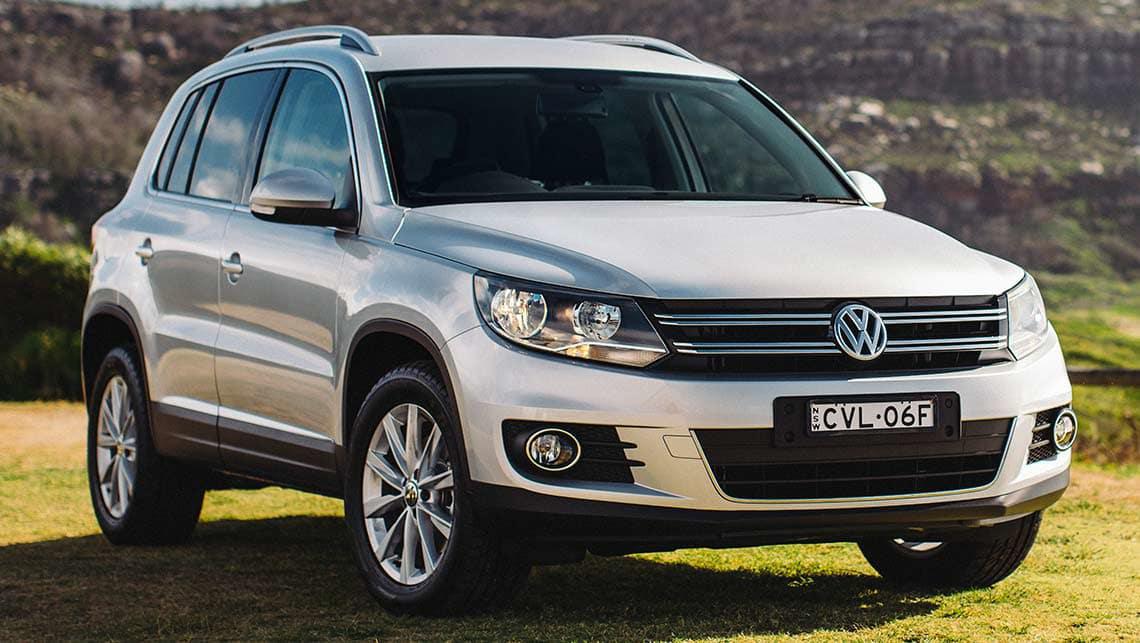
Top five Diesel-Powered Cars
Car Buying
We’ll stand against the urge to write the typical diesel intro. You know how it goes: “Most Americans think ‘diesel’ is synonymous with ‘big clouds of black smoke,’ but nowadays this couldn’t be further from the truth!” Yes, that teaser worked in 2005, but these days we’re well into the clean diesel era, as the legions of stateside Volkswagen TDI devotees will enthusiastically tell you. Thanks to the wonders of urea exhaust-stream injections and other advances, squeaky clean diesel emissions are a given in 2012. The question now is just how good the diesel can be.
Judging by the current crop, the reaction is “very.” Diesels have always had inherent advantages in fuel-efficiency and torque production, and contemporary turbocharging technology has narrowed the horsepower gap considerably. You’ll still pay more for a diesel, not least because the U.S. government charges automakers an arm and a gam to certify these engines, but it increasingly seems to be worth the spread. Want proof? Here are five leading examples of modern diesel power and all in dramatically different types of vehicles.
Let’s embark here with an overview. The latest arms race among diesel-powered pickups has been every bit as intense as muscle-car mania, with the “Big Three” American automakers endlessly angling to outdo one another. If we’re fair, all of the three big-rig turbodiesels-Dodge’s 6.7-liter inline-6, Ford’s 6.7-liter V8, or GM’s 6.6-liter V8-have more than enough oomph for any task brief of, say, reversing the planet’s rotation.
But even tho’ the Ford V8 has the highest towing capability and the GM V8 is the quickest in a straight line, our dearest is Dodge’s venerable Cummins straight-six. Unlike the Ford motor, this one’s been around for years, so it’s battle-tested. And unlike either rival, the Cummins can be had with a decent manual transmission, which is something that certain truck guys still appreciate. Granted, you lose some muscle if you get the stickshift; whereas the automatic Cummins ties the Ford for the segment lead at a preposterous eight hundred pound-feet of torque, the manual version is limited to six hundred ten lb-ft. Also, the Cummins is stuck on three hundred fifty horsepower while the others crank out four hundred horses (well, three hundred ninety seven in the GM V8’s case). Still, we’ll take proven durability and numerous transmission options every day of the week.
You expect to find diesels in German SUVs, and sure enough, Mercedes-Benz offers diesel versions of both the M-Class and GL-Class crossovers. But you don’t necessarily expect to find them in German luxury sedans (at least not in the US), which is why we’re shining the spotlight on Mercedes’ excellent E350 BlueTEC. The recently redesigned E-Class is a throwback in some respects, a bona fide highway cruiser that gobbles up miles like big Benzes of yore. The “BlueTEC” Trio.0-liter turbodiesel V6, however, is decidedly modern, delivering its substantial two hundred ten horsepower and four hundred pound-feet of torque with hardly a trace of clatter or stimulation. The efficiency is there as well: at twenty one mpg city and thirty two mpg highway, the E350 BlueTEC gives you almost four-cylinder fuel economy along with that V8-grade torque.
As noted, Volkswagen has been selling its “TDI” diesels stateside for fairly a while now, but they haven’t always been gratifying to drive. The horsepower ratings of early four-cylinder TDIs didn’t even crack triple digits, so spectacle compromises were obviously required. No longer, tho’, as the current Two.0-liter iteration of the TDI inline-4 is rated at one hundred forty horsepower and two hundred thirty six pound-feet of torque-enough juice to leave many four-cylinder gasoline engines in the dust. Now, it may seem strange to think of a diesel in a jaunty little thing like the redesigned Beetle, but the TDI four is actually pretty magical in compact applications, cranking out that ample torque with a palpable sense of purpose. Like the Golf on which it’s based, the Beetle TDI will break through the magical 40-mpg barrier.
Yes, yes, we know-that’s two VWs in a row. But we’re calling out the Passat TDI for two solid reasons. Very first, there’s not another affordable diesel-powered family sedan on the market, so the Passat was going to get the nod here unless it turned out to be entirely terrible (which it’s totally not). But more interestingly, the Passat TDI makes our list because it proves that a diesel engine’s trademark torque can lightly overcome an apparent power deficit. The TDI in question is the same four-cylinder version that the Beetle employs, so it makes the same one hundred forty horsepower, by far the lowest figure among current family sedans. Yet the Passat TDI never feels underpowered. Why? Because those two hundred thirty six pound-feet of torque are fully engaged from just 1,750 rpm, so there’s no downshifting required; just squeeze the throttle and away you go – something we regularly love in our Long Term VW Jetta TDI. Surprisingly-and perhaps due to some year-to-year variations in EPA testing conditions-the sizable Passat TDI gets the best fuel economy of any TDI vehicle for 2012, clocking in at thirty one mpg city and forty three mpg highway with the manual transmission (the Golf and Jetta yield 30/42).
